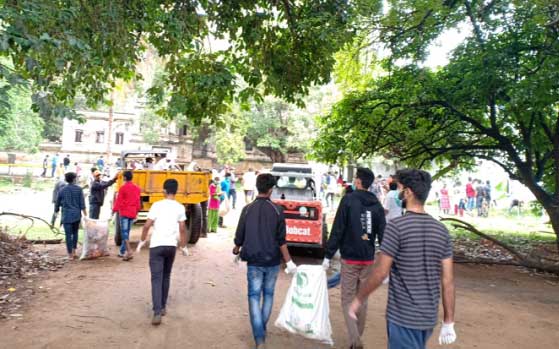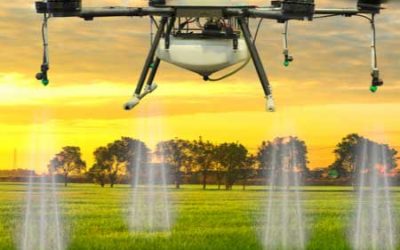The Ministry of Housing & Urban Affairs (MoHUA) will be organizing a one-day national workshop cum exhibition at Vigyan Bhawan on 19 August 2019. The workshop is being organized as part of the year-long celebration of Mahatma Gandhi’s 150th birth anniversary.
The day long interaction among stakeholders is expected to culminate into a comprehensive roadmap for ensuring sustainable sanitation in urban areas. State/ UT and ULB level representatives, in the coming days, will organize similar workshops in their respective areas to further disseminate information and insights on this crucial subject thereby lending a new dimension to the issue of safe and sustainable sanitation.
Thawar Chand Gehlot, Union Minister, Ministry of Social Justice and Empowerment (MoSJ&E) will be the Chief Guest of the event. The workshop which will also be graced by Hardeep Singh Puri, Minister of State (I/C) for Housing & Urban Affairs will see participation from over 800 representatives including the Principal Secretaries (UD) and Mission Directors of AMRUT and Swachh Bharat Mission-Urban (SBM-U) in States/Union Territories and Municipal Commissioners of 500 cities with population of 1 lakh and above, heads of Parastatal bodies, officials from MoHUA as well as MoSJ&E and development partners.
The focus of the workshop will be on discussing social and legal issues as well as technological and managerial interventions with regard to human entry into sewers and septic tanks. Alongside, the workshop will showcase best practices on Operation and Maintenance (O&M) of sewerage system including mechanical cleaning of sewers, faecal sludge management with mechanical cleaning of septic tanks, co-treatment of septage, and showcase the latest equipment and machinery for cleaning of sewers and septic tanks in the exhibition.
The roles and responsibilities of the Emergency Response Sanitation Unit (ERSU), a proposed unit to systematize human entry into sewer/septic tanks in a professional, well trained, motivated and appropriately equipped manner. Wastewater and stormwater management including rainwater harvesting in line with the Government’s focus on water conservation through the Jal Shakti Abhiyan will also form an important agenda of discussion at the workshop. To complement these efforts, the Ministry will release the Manual on Stormwater Drainage Systems, 2019, Advisory on ERSU and the Directory of Sewer and Septic Cleaning Equipment prepared by technical experts from the Central Public Health and Environmental Engineering Organisation (CPHEEO).
Through a series of panel discussions through the day, the workshop will also see discussions and presentation of best practices on Municipal Solid Waste (MSW) based biomethanation under Sustainable Alternative Towards Affordable Transportation (SATAT) initiative of Ministry of Petroleum and Natural Gas (MoP&NG) and cotreatment of organic fraction of MSW with sludge.
It has been an endeavor of the Ministry to ensure that dangerous and illegal practices such as manual scavenging and hazardous cleaning of sewers and septic tanks be completely eliminated. In this regard, there have been many advisories and SOPs issued by MoHUA on safe cleaning and maintenance of septic tanks, sewer networks and manholes targeted at eliminating human casualties. The workshop on sustainable sanitation is being organized in order to bring together relevant stakeholders to strategize on mitigating the risks associated with manual entry into sewers / septic tanks in a systematic manner, and help eliminate such incidents and fatalities.














0 Comments